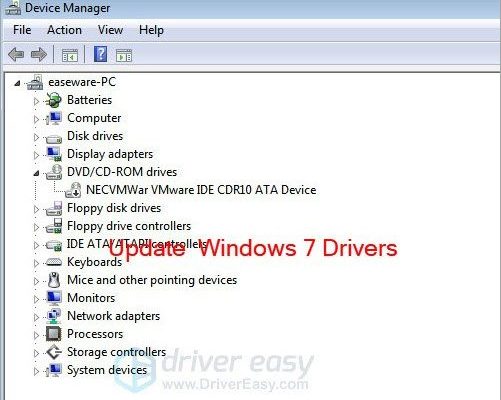What is a Rogue Access Point (rogue AP)?

A rogue access point (rogue AP) is an unauthorized wireless access point that is installed on a network without the knowledge or consent of the network administrator. A rogue AP can be a physical device such as a wireless router, or it can be a software application that creates a wireless hotspot on a device.
The purpose of a rogue AP is to provide unauthorized access to a network, usually for malicious purposes. For example, an attacker might install a rogue AP in a public place, like a café or shopping mall, to intercept sensitive network traffic, such as usernames and passwords, from unsuspecting users. Rogue APs can also be used to launch network attacks, such as Denial of Service (DoS) attacks or Man-in-the-Middle (MitM) attacks.
Rogue APs are a serious threat to network security because they can easily bypass network security measures, such as firewalls and intrusion detection systems, and can create a backdoor into a network. Once a rogue AP is installed on a network, it is difficult to detect and remove because it often does not appear in the network inventory.
To prevent rogue APs from being installed on a network, network administrators should implement strict security policies that require all wireless access points to be approved by the IT department. Administrators should also use wireless intrusion detection systems and regularly scan the network for unauthorized wireless access points.
In addition, end-users can also take steps to protect themselves from rogue APs. This includes avoiding public Wi-Fi networks that are not secured with WPA2 encryption and regularly checking the wireless networks they connect to.
In conclusion, rogue access points are a serious security threat that can compromise network security and put sensitive data at risk. Network administrators should take proactive measures to prevent rogue APs from being installed on their network, and end-users should also be cautious when connecting to public Wi-Fi networks to protect themselves from potential security breaches.





